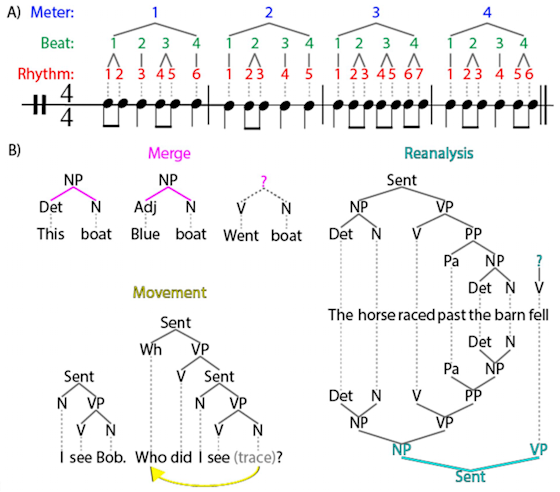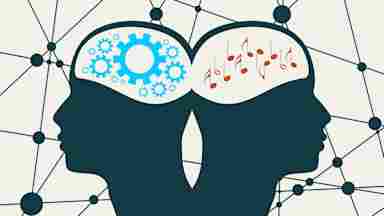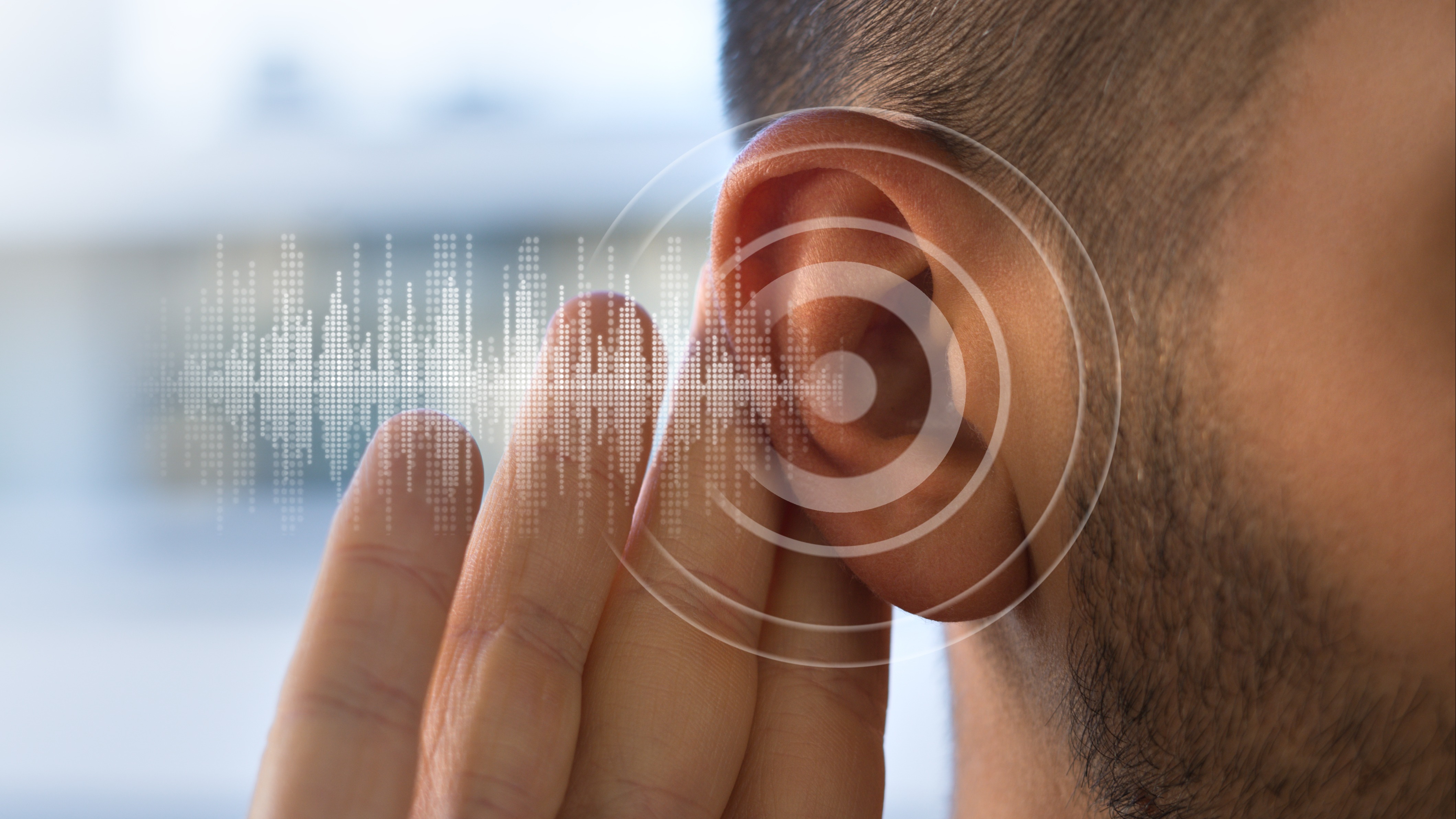Overview
Recent advances in brain research have revealed behavioral connections between musical rhythm and linguistic syntax. Using a meta-analysis of neuroimaging data, researchers found that musical rhythm is generated bilaterally in the sensorimotor network. In contrast, syntax is constructed mostly in the left half of this region.
Figure 1 shows (A) an example of a music sequence, (B) examples of the syntax used repetitively in the paper with the three stages: merge, movement, and reanalysis.


